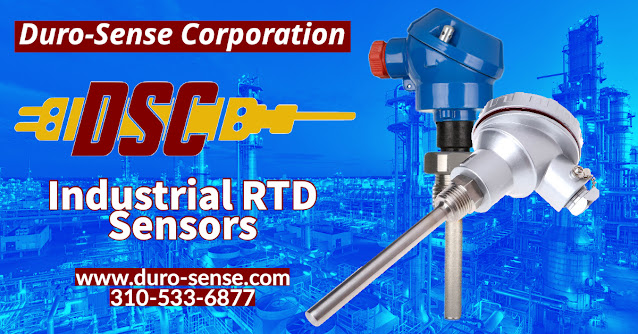In temperature measurement, few tools have been as pivotal as the thermocouple. A simple yet ingenious device, the thermocouple has been central to the industrial age, contributing significantly to advancements in various sectors, from metallurgy to food processing.
Origins: The Seebeck Effect
The story of the thermocouple begins in 1821 with a German physicist, Thomas Johann Seebeck. While conducting experiments, Seebeck discovered that when two different metals are joined, and one end of the junction is heated, while at the same time, the other is kept at a cooler temperature, and a small voltage is produced. This phenomenon became known as the 'Seebeck Effect'. It laid the foundation for developing the thermocouple, where the voltage generated correlates to the temperature difference.
Early Adaptations
Throughout the 19th century, scientists and engineers began to recognize the utility of the Seebeck Effect for temperature measurements. One of the first to do so was Leopoldo Nobili in the 1820s. He created a galvanometer to measure the voltage produced by thermocouples, thus converting them into practical temperature measurement devices.
The Birth of Modern Thermocouples
As we recognize it, the modern industrial thermocouple began to take shape in the early 20th century. Industries, particularly those involved in high-temperature processes like steel manufacturing and glass blowing, require precise and reliable temperature measurements. As a result, there was a drive to standardize thermocouple materials and calibrations. By the mid-20th century, standardized thermocouples made of specific alloys, such as Type K (chromel-alumel) and Type J (iron-constantan), became widely accepted.
Refinements and Innovations
Thermocouples underwent significant improvements with the advent of the electronic age in the latter half of the 20th century. An important development was cold junction compensation, which allowed for more accurate readings.
Digital technologies also revolutionized thermocouple readings. Before this, analog instruments, like the potentiometer, were used. With the rise of digital electronics, it became easier to interface thermocouples with computers, leading to automated temperature monitoring and control in industrial applications.
Modern Applications
Today, thermocouples are ubiquitous in the industrial landscape. They are employed in myriad applications, including:
- Power Generation: Thermocouples monitor the temperature in nuclear reactors, ensuring safe operations.
- Aerospace: They monitor temperatures in aircraft engines and space vehicles.
- Medical: Thermocouples ensure that medical equipment, like autoclaves, maintains the necessary temperatures.
- Food Processing: Ensuring food is cooked or stored at the correct temperature is essential for safety and quality, and thermocouples play a pivotal role here.
Conclusion
The modern industrial thermocouple is a testament to how a simple scientific discovery can revolutionize industries. From its humble beginnings with the discovery of the Seebeck Effect to its indispensable role in modern industries, the thermocouple remains a pinnacle of temperature measurement, illustrating the harmonious blend of science, engineering, and practical application.
310-533-6877
https://duro-sense.com



